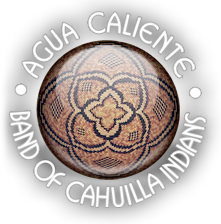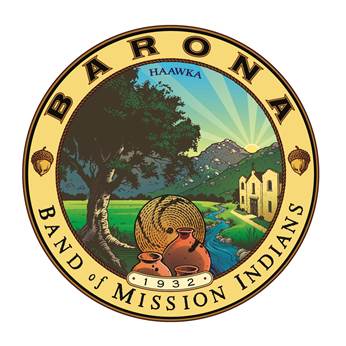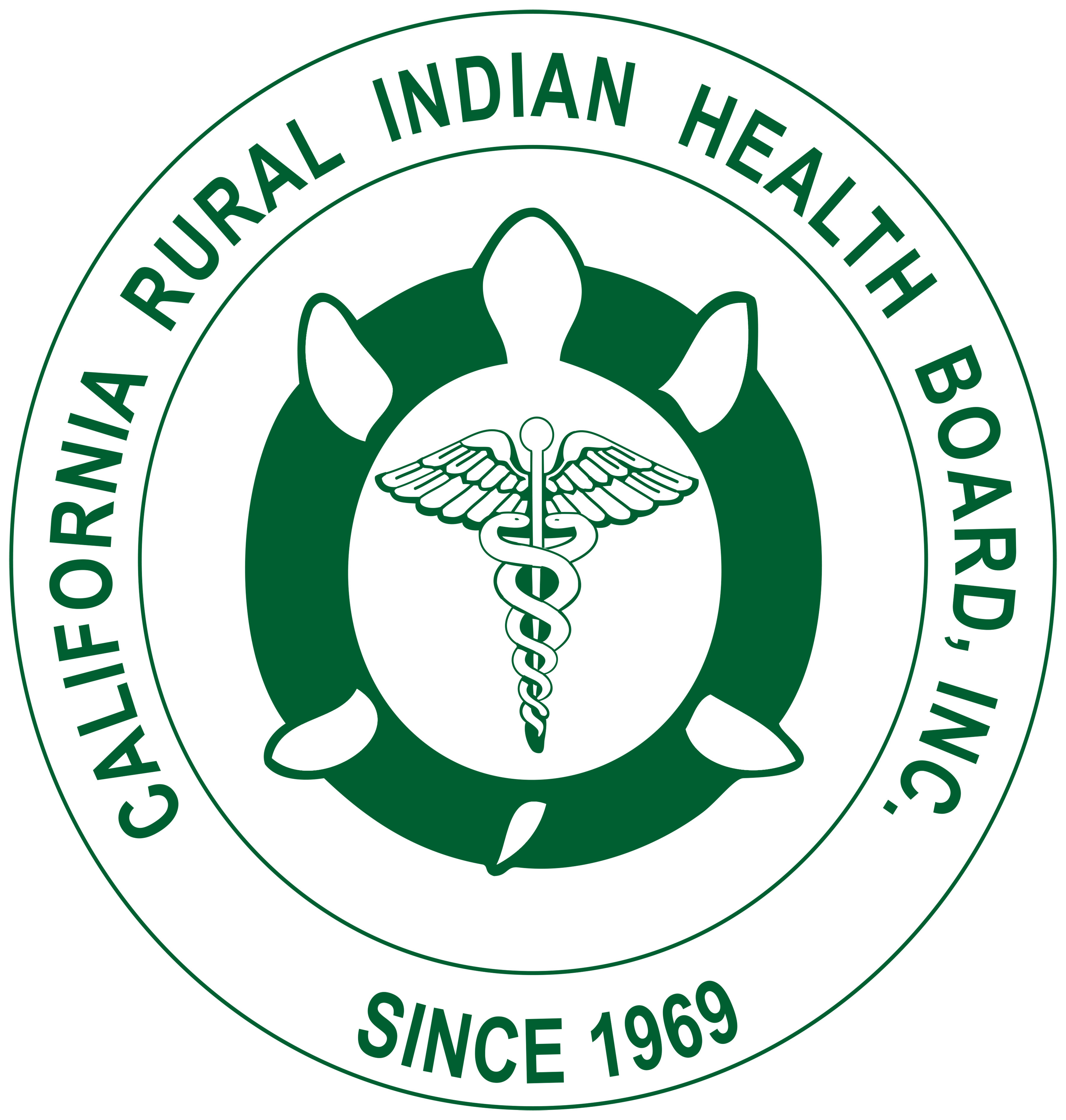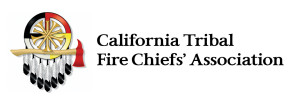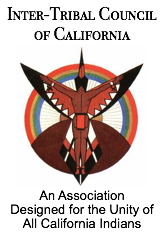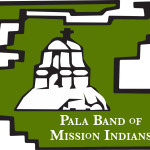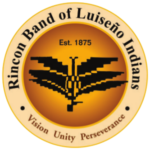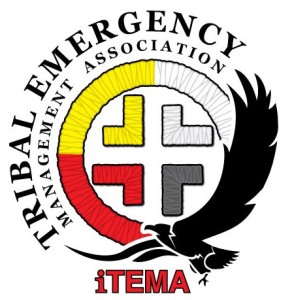With special thanks, we wish to acknowledge the support and generous consideration made to The Red Guide to Recovery from the following Native American Supporters:
Agua Caliente Band of Cahuilla Indians
Website: www.aguacaliente.org
Since time immemorial, the Palm Springs area has been home to the Agua Caliente Band of Cahuilla Indians for generations. Archaeological research has discovered that the Cahuilla have occupied Tahquitz Canyon for at least 5,000 years, mirroring the migration stories of the Cahuilla people.
Barona Band of Mission Indians
Website: www.barona-nsn.gov
With a long and storied history, The Barona Band of Mission Indians is always eager to share their culture and heritage, and is proud to welcome you to their land and the magnificent Barona Valley Ranch Resort & Casino. Established in 1932, the Barona Indian Reservation is home to this regal tribe, which is recognized by the United States government as a sovereign nation, and is governed by an elected Tribal Council. A strong and supportive community, the Barona Tribe is proud of its independence and self-reliance
California Rural Indian Health Board
Website: crihb.org/about/
CRIHB is a network of Tribal Health Programs, which are controlled and sanctioned by Indian people, and their Tribal Governments.
We are committed to the needs and interests that elevate and promote the health status and social conditions of the Indian People of California.
CRIHB does this by providing advocacy, shared resources, training and technical assistance that enhances the delivery of quality comprehensive health related services.
California Tribal Epidemiology Center
Website: crihb.org/ctec/
The California Tribal Epidemiology Center (CTEC) was established in 2005 to assist in collecting and interpreting health information for American Indians and Alaska Natives (AIAN) in California. CTEC is 1 of 12 Indian Health Service (IHS) Division of Epidemiology and Disease Prevention-funded Tribal Epidemiology Centers that provide epidemiologic support to each IHS region and often partner with local IHS area offices to provide these services. CTEC receives core funding from IHS along with supplemental grants.
Our mission is to work directly with Tribes and Indian Health Programs (Tribal Health Programs and Urban Indian Health Organizations) to monitor the health status of AIAN in California and develop effective public health services that respect the cultural values and traditions of our communities. CTEC aims to align its activities with the strategic plan of its parent organization, the California Rural Indian Health Board (CRIHB).
California Tribal Fire Chiefs’ Association
Website: www.ctfca.org
The California Tribal Fire Chiefs Association is a statewide organization supporting the interests of California tribal fire chief officers. Through a variety of programs and services, the Association provides education and professional development, legislative advocacy, communication and information exchange and peer networking opportunities throughout the year. Through the work of its dedicated Board of Directors, the California Tribal Fire Chiefs Association continually focuses on being the premier fire and emergency services organization in the State of California.
Inter-Tribal Council of California
Website: intertribal.org
Vision for Our Future ITCC recognizes its role in promoting self-sufficiency and local self-determination for California Indian people. For this reason ITCC continues to pursue the mobilization of California Indian people through programs designed to gradually shift control to the hands of local Indian Communities. First ITCC takes the lead in seeking out new funding or other Tribally beneficial opportunities. Second, a pilot program or model is developed and implemented for direct services to the tribal consortium members. Then finally, the administration of the program shifts to the tribe. The new grantee and ITCC work together to provide supporting technical assistance and training services as needed.
Inter Tribal Long-Term Recovery Foundation (ITLTRF)
Website: itltrf.org
Our Mission: To strengthen and enhance the coordination of area-wide disaster recovery efforts on tribal lands located in Southern California affected by wildfires and other disasters by working with tribal, federal, state, and local government agencies to: 1) Share disaster relief information, 2) Simplify access to disaster relief services, and 3) Provide mutual assistance to tribal communities that have experienced natural disasters.
Pala Band of Mission Indians
Website: www.palatribe.com
The Pala Band of Mission Indians is located in Northern San Diego County, where a majority of the 918 enrolled members live on their 12,273-acre reservation, established for Cupeño and Luiseño Indians, who consider themselves to be one proud people — Pala.
Rincon Band of Luiseño Indians
Website: rincon-nsn.gov
We are the Rincon Band of Luiseño Indians, a sovereign tribal government. We are your neighbors, schoolmates, colleagues, employers, and friends. We are the forgotten history of this land. Our ancestors date back over 10,000 years and thrived with their own social, agricultural, scientific, artistic, religious, and governmental practices and traditions, leaving behind a story of courage and survival, and a resilient cultural heritage.
San Manuel Band of Mission Indians
Website: www.sanmanuel-nsn.gov
The San Manuel Band of Mission Indians is a federally recognized American Indian tribe located near the city of Highland, Calif. San Manuel is one of several clans of Serrano Indians, who are the indigenous people of the San Bernardino highlands, passes, valleys and mountains who share a common language and culture. The San Manuel reservation was established in 1891 and recognized as a sovereign nation with the right of self-government. Since time immemorial, the San Manuel tribal community has endured change and hardship. Amidst these challenges the tribe continued to maintain its unique form of governance.
Like other governments it seeks to provide a better quality of life for its citizens by building infrastructure, maintaining civil services and promoting social, economic and cultural development. Today San Manuel tribal government oversees many governmental units including the departments of fire, public safety, education and environment.
Southern California Tribal Chairmen’s Association (SCTCA)
Website: www.sctca.net
The Southern California Tribal Chairmen’s Association (SCTCA) is a multi-service non-profit corporation established in 1972 for a consortium of 19 federally-recognized Indian tribes in Southern California. The primary mission of SCTCA is to serve the health, welfare, safety, education, cultural, economic and employment needs of its tribal members and enrolled Indians in the San Diego County urban areas. A board of directors comprised of tribal chairpersons from each of its member Tribes governs SCTCA.
SCTCA coordinates and administers numerous grant programs for its members and the southern California Indian community, including: Tribal Temporary Assistance to Needy Families(TANF), Law Enforcement, Food Commodities, Information Technology Services, Rincon Community Day Care, Adult Vocational Training, Career Development Center, Low Income Home Energy Assistance Program(LIHEAP), the Library Program, Child Care Development Services, Tribal Digital Village (TDV) and Resource Prevention Program.
Tribal Emergency Management Association (iTEMA)
Website: itema.org
Our Mission: iTEMA promotes a collaborative, multi-disciplinary approach to coordinate and enhance emergency management, response, and recovery to protect all Tribal communities.

